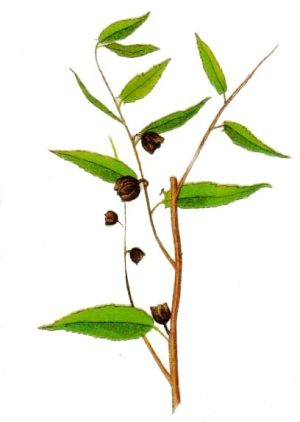Corporate Address:
House – 42, Road – 06
Mohammadi Housing Society,
Adabor, Dhaka – 1207, Bangladesh.
Work Hours
Saturday to Thursday: 7AM - 7PM
Weekend: 10AM - 5PM
Corporate Address:
House – 42, Road – 06
Mohammadi Housing Society,
Adabor, Dhaka – 1207, Bangladesh.
Work Hours
Saturday to Thursday: 7AM - 7PM
Weekend: 10AM - 5PM
Properties of Jute Fi

White jute (Corchorus capsularis):
Several historical documents (including, Ain-e-Akbari by Abul Fazal in 1590) state that the poor villagers of India used to wear clothes made of jute. Simple handlooms and hand spinning wheels were used by the weavers, who used to spin cotton yarns as well. History also states that Indians, especially Bengalis, used ropes and twines made of white jute from ancient times for household and other uses.
Properties :
½ to ¾ inch in diameter.
Tossa jute (Corchorus olitorius) :
Tossa jute (Corchorus olitorius) is an Afro-Arabian variety. It is quite popular for its leaves that are used as an ingredient in a mucilaginous potherb called molokhiya, popular in certain Arab countries. The Book of Job in the Hebrew Bible mentions this vegetable potherb as Jew’s mallow.Tossa jute fibre is softer, silkier, and stronger than white jute. This variety astonishingly showed good sustainability in the climate of the Ganges Delta. Along with white jute, tossa jute has also been cultivated in the soil of Bengal where it is known as paat from the start of the 19th century. Currently, the Bengal region (West Bengal, India, and Bangladesh) is the largest global producer of the tossa jute variety.
Properties :